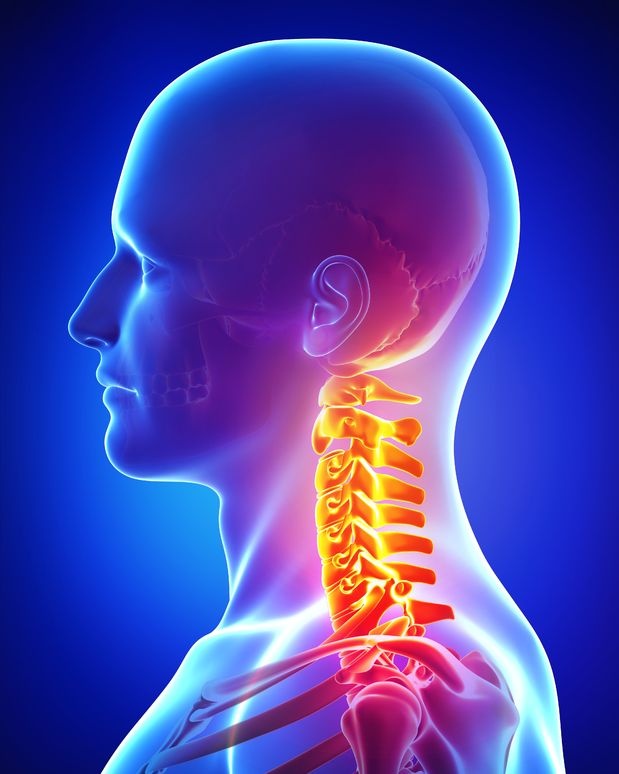
28 Dec Postural care for people suffering with Asthma
Recently there has been some severe asthma episodes in Melbourne, due to the weather and pollen. Unfortunately Australia has some of the worlds worse statistics with regard number of asthma sufferers per capita. As I keep referring to, your posture plays a huge role in your overall health picture and this article just highlights the impact of your posture on asthma.
Asthma is an inflammatory disease affecting the airways of the lungs. People commonly present with symptoms including episodes of wheezing, coughing, chest tightness, and shortness of breath. The severity and duration of asthma related symptoms varies per person, and may be worse at night, with exertion, and/or with exercise.
Asthmatic patients experience an increase in airway resistance that overburdens both respiratory and non-respiratory muscles. This increased stress to the body often results in shortness of breath leading to hyperventilation.
The European Respiratory Society reports that asthma is frequently poorly controlled despite effective modern medication and that psychological factors can be as important as physiological factors in affecting symptom perception and disease impact.
It is recommended that asthmatic patients seek postural correction treatment due to the correlation of better posture and proper respiratory capacity. The literature demonstrates that poor posture is correlated with asthma.
Asthmatic patients commonly present with the following postural distortion patterns:
Forward head posture
Shoulder forward position
overly rounded upper back
Anterior and posterior rib misalignments
Postural correction care is therapeutic for asthmatic patients and can help them reduce severity and duration of symptoms associated with asthma.
Research Review:
Our data suggests that severe asthmatic children present postural adaptations and muscle shortening that seem to be related to disease severity (Lopes et al., 2006)
Some postural changes were identified in asthmatics: higher incidence of elevation and protraction of the scapular girdle, semi flexion of the arm, protraction of the head and rectification of the thoracic spine (Baltar, 2010).
Oral breathing children show greater extension of the head related to the cervical spine, reduced cervical lordosis, and more skeletal divergence (Cuccia, 2008).
Adult patients with asthma exhibit specific postural disorders that correlate with pulmonary function and body composition. The assessment of postural variables may provide a better pulmonary rehabilitation approach for these patients (Almeida et al., 2013).
People suffering from asthma should consider postural correction, breathing training and stress management as part of their management plan for the debilitating affects of asthma. Neglecting any of these three clinical protocols can decrease clinical improvement.
Natural approaches to reducing symptoms of asthma are supported in the research and should be considered a high priority for management of asthma related symptoms, and for the prevention of respiratory disorders.






Sorry, the comment form is closed at this time.